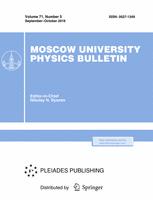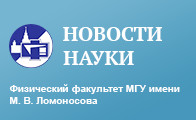The report deals with results of artificial neural network usage for digital modulation type recognition. Usage of 2nd and 4th order cumulants as recognition features is proposed. Dividing features of high order cumulants differ for various modulation types. In practice the choice of signal features space (in this case – set of cumulants) and decision rules is performed by expert appraisal. Various researches show that the decision rules formation can be made using different methods of data mining, for instance, artificial neural networks. Usage of multiple layer perceptron as recognition device allows to automate the process of decision rules construction for digital modulation type recognition. The proposed technique provides high probability of correct recognition for such modulation types as FSK, ASK, PSK, QAM in absence of reference and clock synchronization. For instance, neural recognition technique supplies a correct recognition probability which is equal for FSK-2 = 0.99, for ASK = 0.98, for PSK-2 = 0.99, for PSK-4 = 0.7, for PSK-8 = 0.98, for QAM-16 = 0.86.
84.35.+i Neural networks
84.40.Ua Telecommunications: signal transmission and processing; communication satellites
111024, Moscow, Aviamotornaya st., 8а



